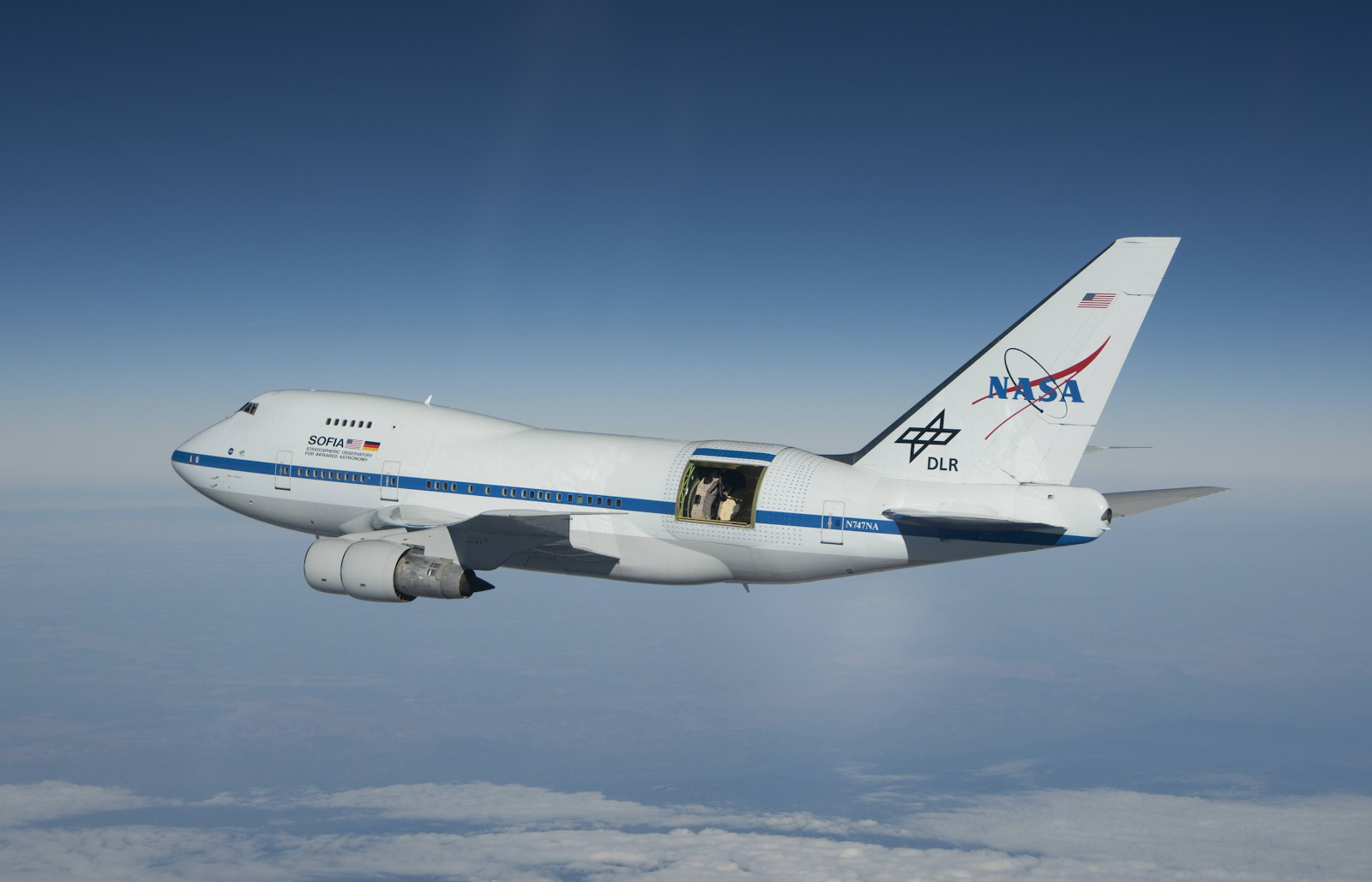Sofia-telescope found no evidence of life on Venus. And there is no phosphine in that planet's atmosphere. So that thing means that Venus is dead.
But the question is why the first telescope saw phosphine in the Venu's clouds and then that phosphine is gone. The wrong calibration might be the problem. But how telescope couldn't detect that the source of phosphine is in Earth's atmosphere? There was not very much phosphine in Venus.
Image Sofia-telescope
So maybe the reason for that trace was some chemical reaction where some volcano released phosphorous into Venus's atmosphere. And then things like lightning caused a reaction where carbon monoxide reacted with phosphorous.
There is a possibility that the lightning destroyed CO or CO^2 molecules. And then phosphorous could interact with hydrogen forming PH3. So there are no lifeforms in Venus's clouds.
https://scitechdaily.com/sofia-finds-no-phosphine-a-potential-sign-of-life-on-venus/
https://www.universetoday.com/110007/budget-2015-flying-sofia-telescope-to-be-shelved-for-higher-priority-programs-like-cassini/
Antarctica is the perfect place for researching isolated ecosystems.
There is the possibility that hidden ecosystems are lurking inside Antarctica's ice.
But a search for extraterrestrial lifeforms continues. And Antarctica offers a good place to research the closed ecosystems. When researchers are collecting data from the lakes deep inside the Antarctic ice.
Also from the ice itself, they can make models of what kind of lifeforms could live in some distant water moon's ocean. Antarctica is also a large freezer. And there can be found the remnants of the first organisms on Earth.
The thing is that Antarctica is one of the most isolated and sterile areas in the world. There are unique species in those lakes that are not anywhere else. And those organisms can give information about the closed and cold ecosystems.
Antarctica is hostile to almost all lifeforms that we know. But deep inside ice is lifeforms that don't need sunlight or straight contact with sunlight. Those organisms hunt for organisms that have contact with sunlight. And in that model, the tiniest and most producing organisms are living near the ice's surface. After that the other organisms. That is higher in the food chain are deeper under the ice.
The big question about those closed ecosystems is this. Does the nutrient fall to those lakes through the ice? Or are those lake ecosystems closed? In the last case, all nutrients surround the icy lake. That kind of ecosystem gets its energy from the black smokers or volcanic heat. That kind of ecosystem is always interesting.
https://scitechdaily.com/hidden-ecosystems-nasas-new-evidence-of-vast-life-lurking-beneath-antarctic-ice/
https://astronomyandtechnology.blogspot.com/



Comments
Post a Comment